Theaster Gates explores the troubling history of a coastal community forced out of home
For his first solo museum show in France, the Chicago-based artist dives into the dark past of the now-uninhabited Malaga Island off the coast of Maine
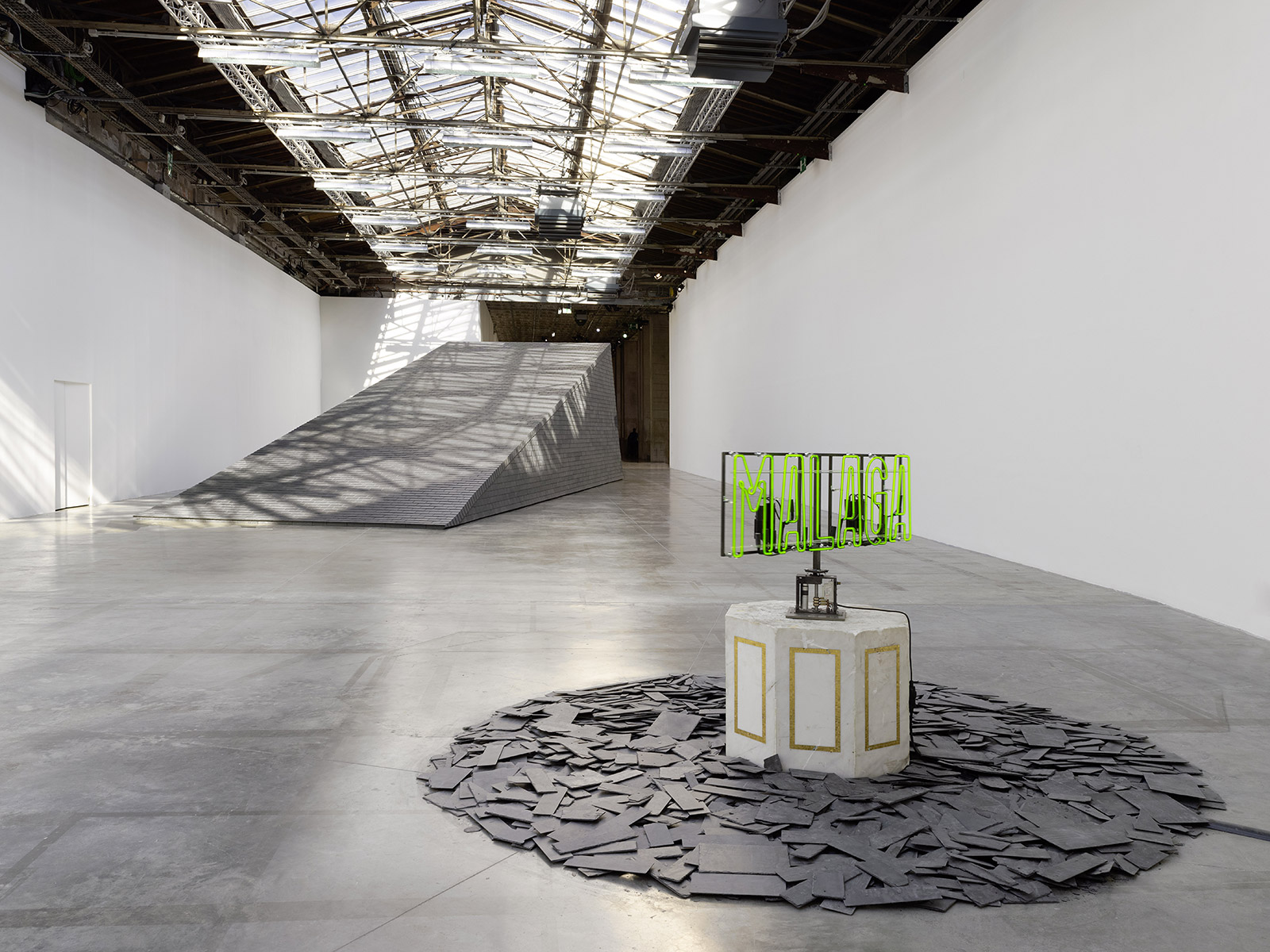
For his first exhibition in France, artist Theaster Gates has dredged up a dark and largely unknown fragment of American history. It concerns Malaga, a small island off the coast of Maine where, until 1912, a self-sufficient maritime community lived in relative isolation. Because the 40 residents represented a mix of African or partial-African descent at time when racism remained largely unchecked, they were evicted by the state so that Malaga Island might be transformed into a desirable tourist destination. This never happened; and the island remains uninhabited to this day. Yet within the Palais de Tokyo are a series of new monumental works, including a short film, through which Gates interprets and commemorates the larger history of colonial practices.
‘I’m trying to suggest what happens when you take real history and fake history and force it into a form like modernism,’ he explained during a preview of the exhibition. The show’s title, ‘Amalgam’, is a near-perfect anagram of Malaga; but more importantly, its meaning as a mix of elements (from materials to religious denominations) becomes the leitmotif under which Gates creates these evocative hybrid works.
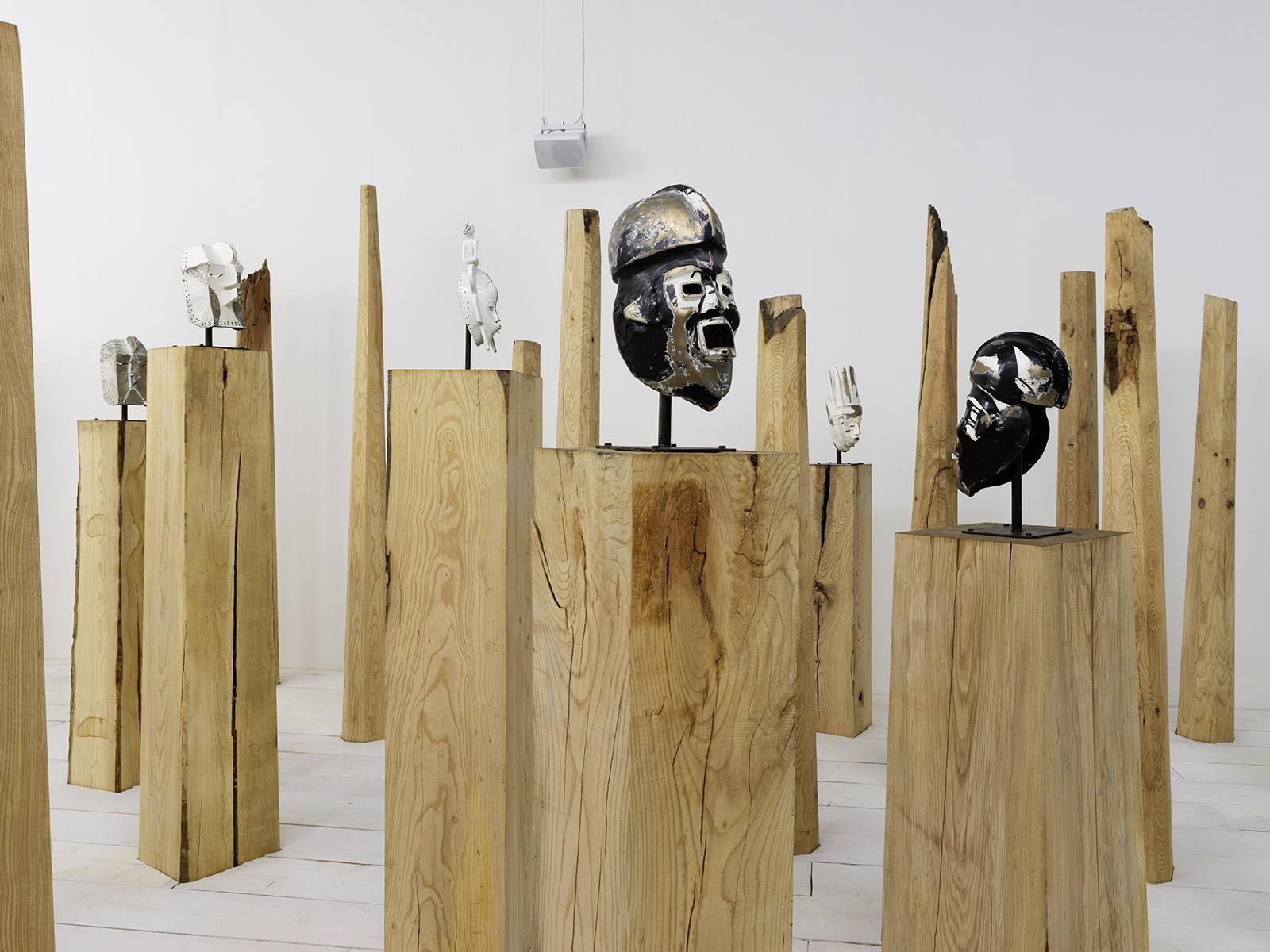
Installation view of Theaster Gates’ exhibition ‘Amalgam’ at Palais de Tokyo, Paris.
Highly respected for his approach as a ‘social practice installation artist’, which essentially encompasses his pot-making and activism alike, Gates recently accepted Prada’s invitation to co-chair a Diversity and Inclusion Advisory Council, a new initiative that aims to elevate voices of colour within the company and throughout the fashion world. Incidentally, the exhibition falls during Black History Month in the United States. In France, meanwhile, President Emmanuel Macron’s favourable stance on the restitution of ‘tribal art’ has become an ongoing issue with far-reaching ramifications. Gates and curator Katell Jaffrès may not have directly addressed either subject in his show, yet they give his complex cultural representations irrefutable relevance.
I’m trying to suggest what happens when you take real history and fake history and force it into a form like modernism.
And so, the visit begins with a structure resembling a giant rooftop covered in slate shingles. This sloping form positioned on the floor gives the impression of a house that has been buried – whether under earth or water. The dimensions are roughly that of a Malaga Island cabin and Gates has christened it Altar, as though imbuing its humble construction with sublime significance.
RELATED STORY
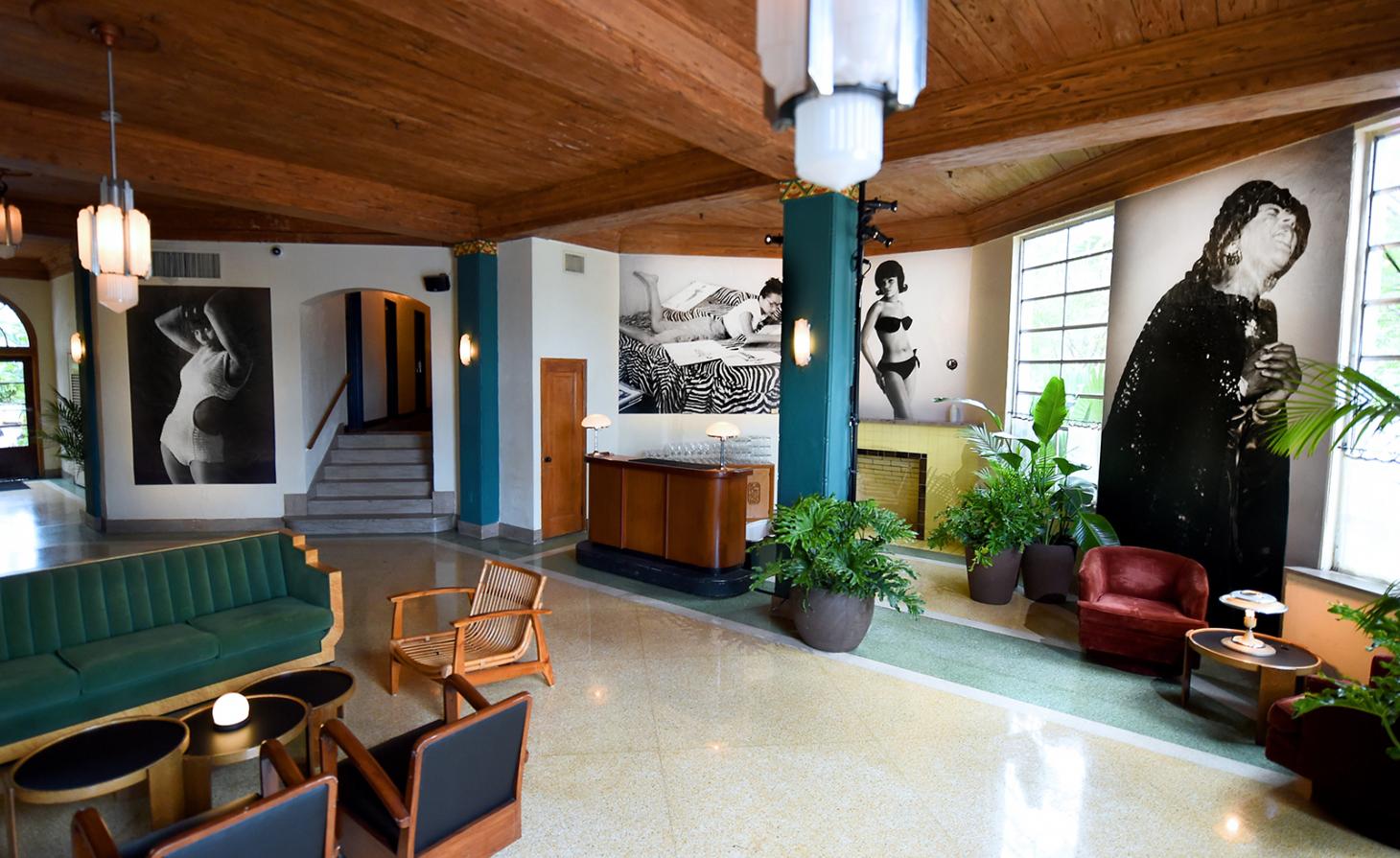
Further on, the Island Modernity Institute and Department of Tourism is a multi-part installation consisting of traditional African artefacts, made-up archival documents and obsolete mementos (such as old records) that depict the Malaga people as a pseudo-archaeological study and subject of fascination. Within a vitrine on the central podium, neon green signage reads: ‘In the end, nothing is pure’, which Gates said applied as much to his ‘ways of making’ as something racially charged.
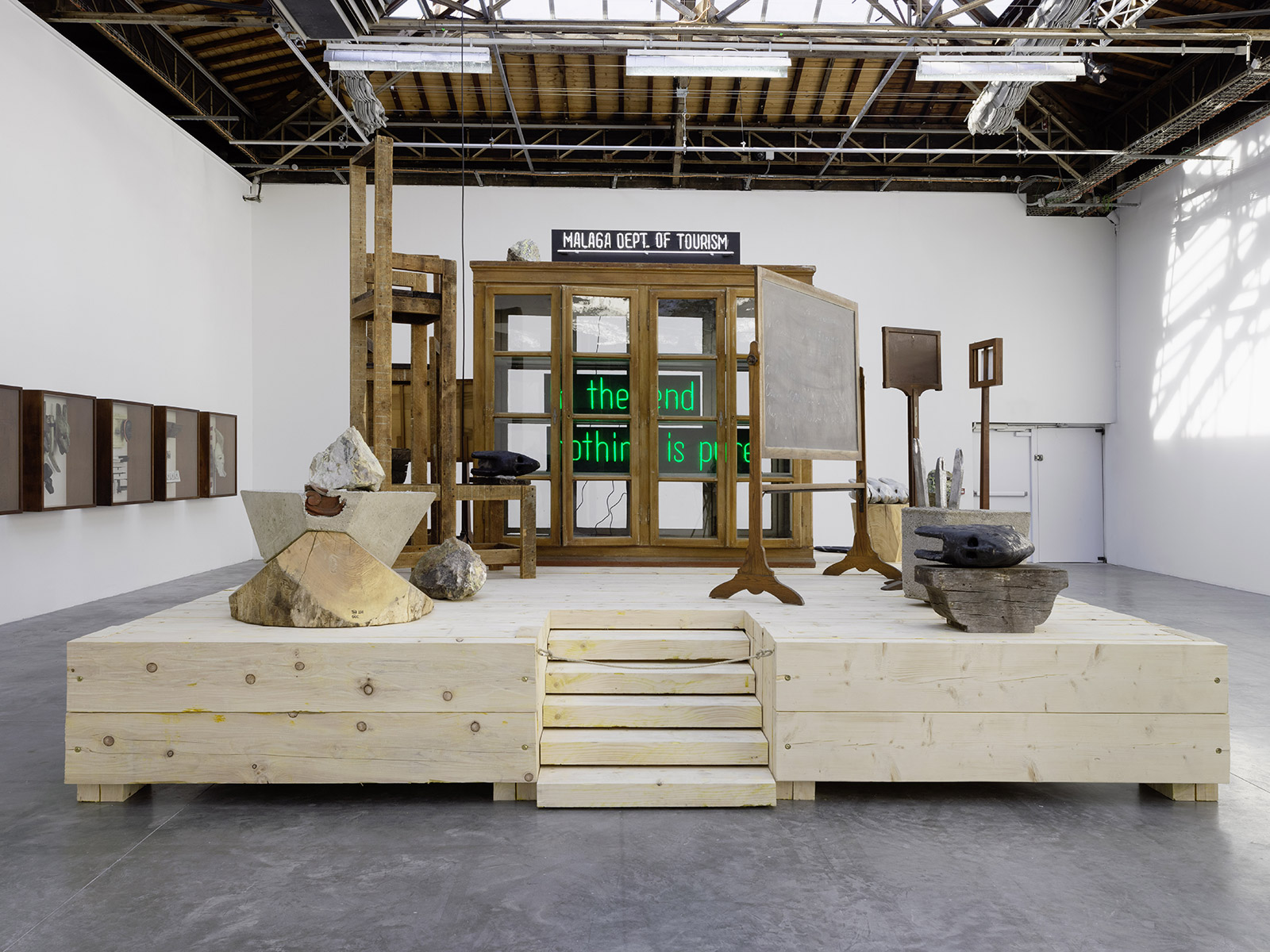
Island Modernity Institute and Department of Tourism, 2019, by Theaster Gates.
In his 20-minute film, Dance of Malaga, Gates has spliced imagery of interracial cultural moments with the slow-moving, torqued choreography of American dancer, Kyle Abraham, who was filmed on the island. The Black Monks, a music collective to which Gates belongs, composed a score that sounds alternately ominous and meditative.
The final work exists as an immersive space where ash tree pillars – some topped with bronze casts of wooden African masks – are meant to both honour the forgotten people of Malaga and suggest how the island’s ecosystem has proven resilient. Through this forest of organic steles, visitors can wander and wonder whether the effect is calming or haunting. The title, So Bitter This Curse of Darkness, seems to declare a tragic end. Yet to hear Gates describe his first visit to Malaga in mostly positive terms might suggest otherwise. Despite arriving on a cold, damp day, what he remembers most is ‘feeling comfortable, alive and good.’
‘Amalgam’ is part of the Palais de Tokyo’s spring programming, titled ‘Sensible’, which runs until 12 May and also features creations by Angelica Mesiti, Julien Creuzet, Julius von Bismarck, Louis-Cyprien Rials and Franck Scurti. Elsewhere in Paris, Gagosian has devoted two floors to Gates, exhibiting works such as Yellow Hose, a large canvas paneled in a fire hose and his striking Black Madonna effigy in bronze.
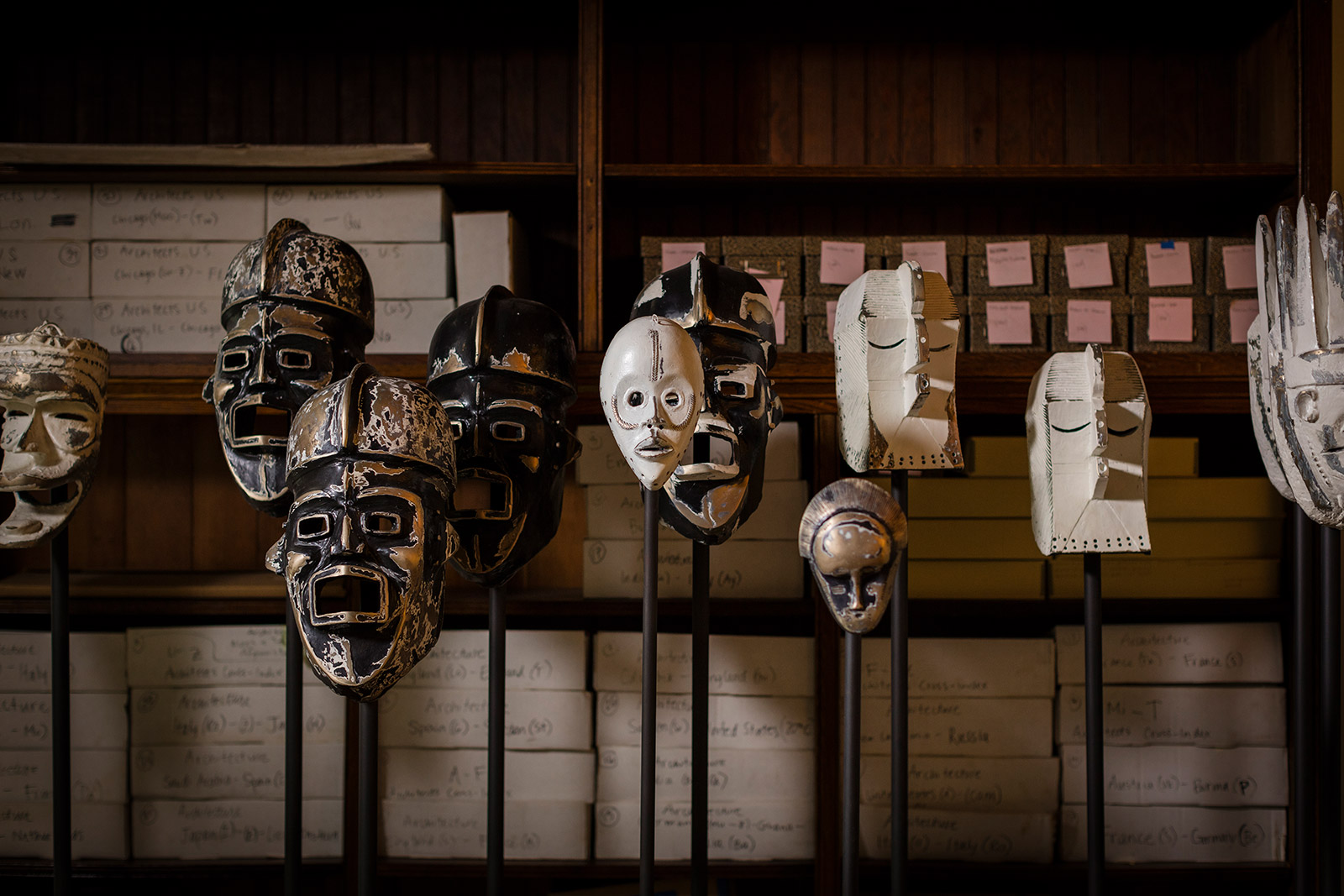
Works in progress at the studio. Courtesy of Theaster Gates
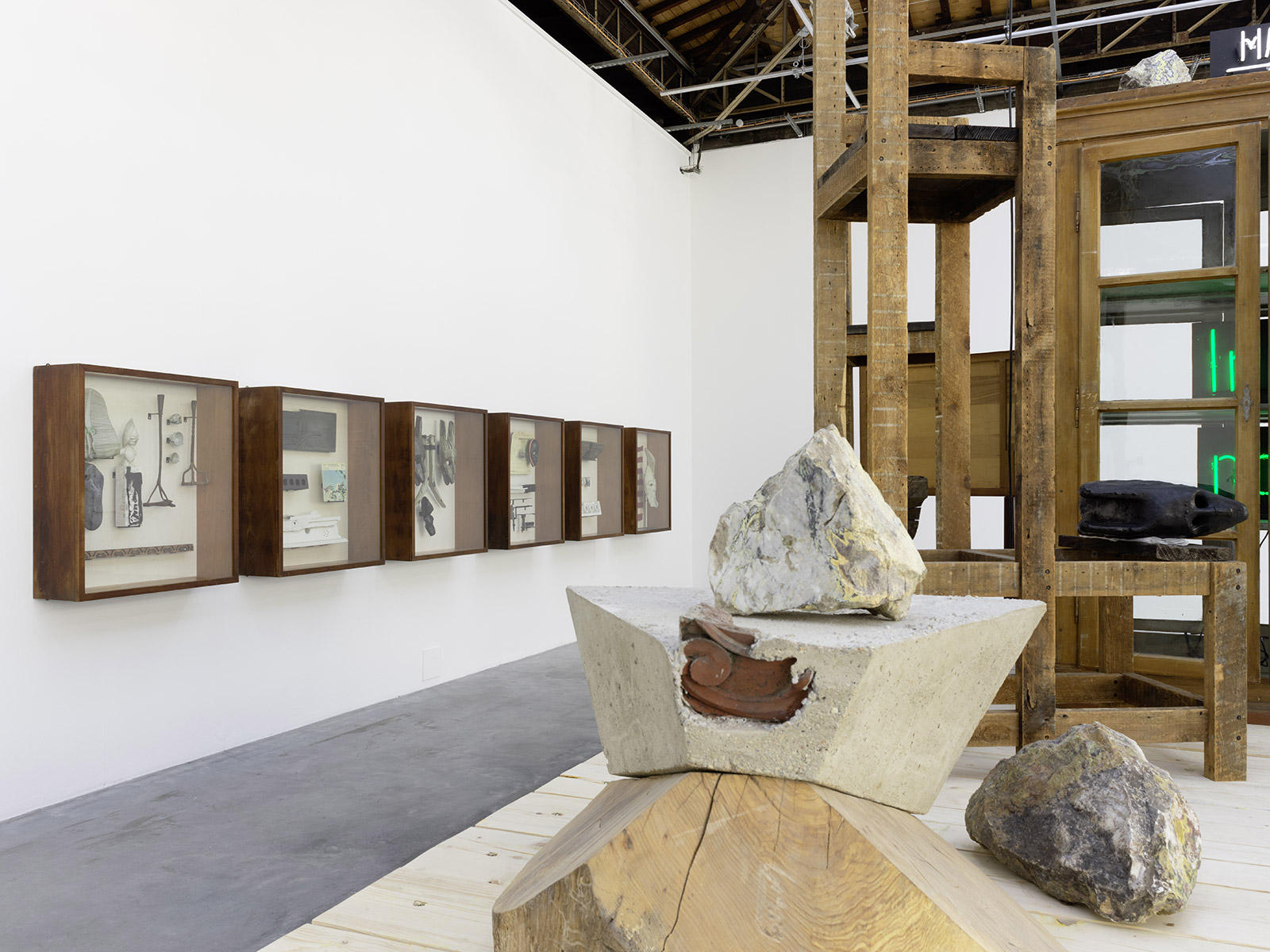
Installation view of Theaster Gates’ exhibition ‘Amalgam’ at Palais de Tokyo, Paris.
INFORMATION
‘Amalgam’ is on view until 12 May. For more information, visit the Palais de Tokyo website
Receive our daily digest of inspiration, escapism and design stories from around the world direct to your inbox.
ADDRESS
Palais de Tokyo
13 Avenue du Président Wilson
75116 Paris
-
 The Bombardier Global 8000 flies faster and higher to make the most of your time in the air
The Bombardier Global 8000 flies faster and higher to make the most of your time in the airA wellness machine with wings: Bombardier’s new Global 8000 isn’t quite a spa in the sky, but the Canadian manufacturer reckons its flagship business jet will give your health a boost
-
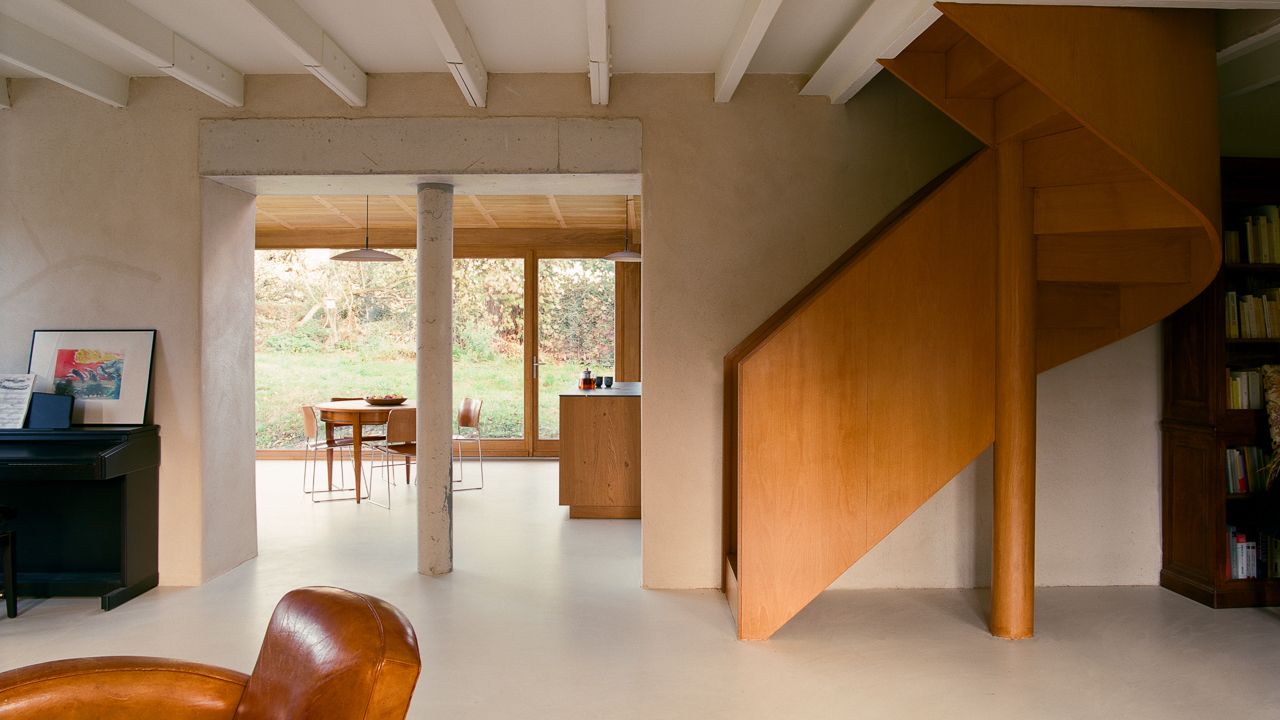 A former fisherman’s cottage in Brittany is transformed by a new timber extension
A former fisherman’s cottage in Brittany is transformed by a new timber extensionParis-based architects A-platz have woven new elements into the stone fabric of this traditional Breton cottage
-
 New York's members-only boom shows no sign of stopping – and it's about to get even more niche
New York's members-only boom shows no sign of stopping – and it's about to get even more nicheFrom bathing clubs to listening bars, gatekeeping is back in a big way. Here's what's driving the wave of exclusivity
-
 Out of office: The Wallpaper* editors’ picks of the week
Out of office: The Wallpaper* editors’ picks of the weekIt’s been a week of escapism: daydreams of Ghana sparked by lively local projects, glimpses of Tokyo on nostalgic film rolls, and a charming foray into the heart of Christmas as the festive season kicks off in earnest
-
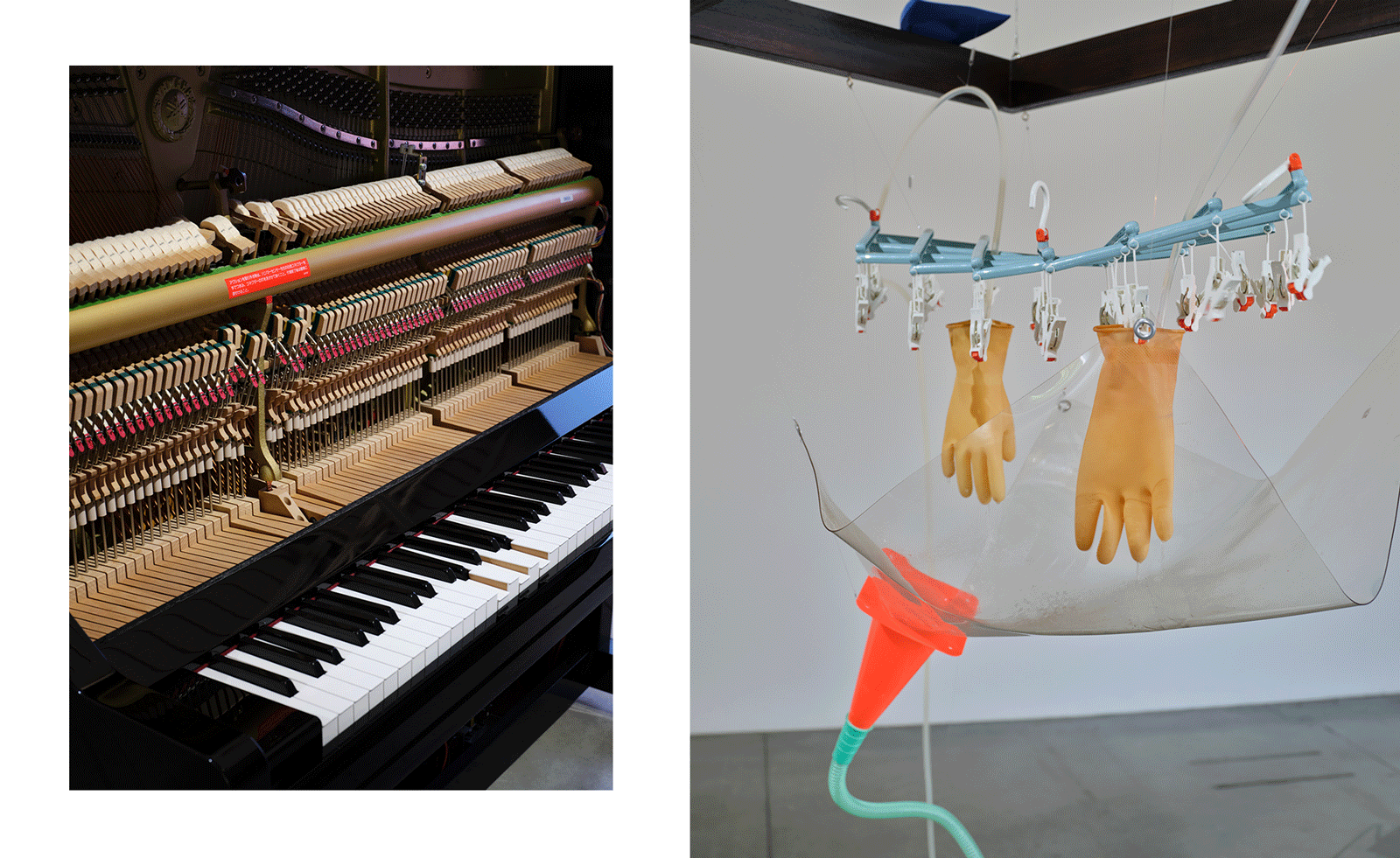 Yuko Mohri’s living installations play on Marcel Duchamp’s surrealism
Yuko Mohri’s living installations play on Marcel Duchamp’s surrealismThe artist’s seven new works on show at Milan’s Pirelli HangarBicocca explore the real and imaginary connections that run through society
-
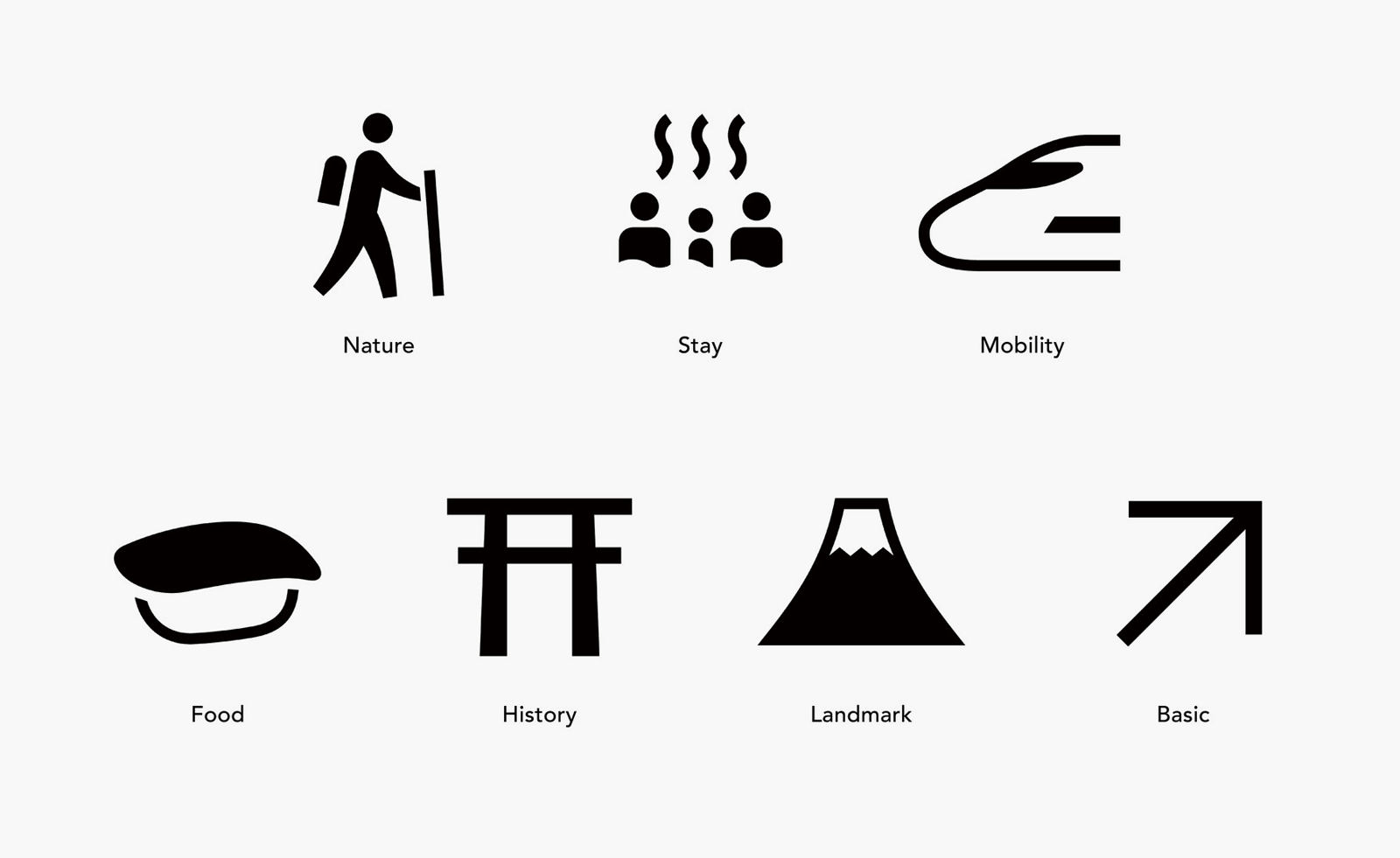 Get the picture? A new exhibition explores the beautiful simplicity of Japanese pictograms
Get the picture? A new exhibition explores the beautiful simplicity of Japanese pictogramsThe simple, minimalist forms of a pictogram are uniquely Japanese, as new exhibition 'Pictograms: Iconic Japanese Designs' illustrates
-
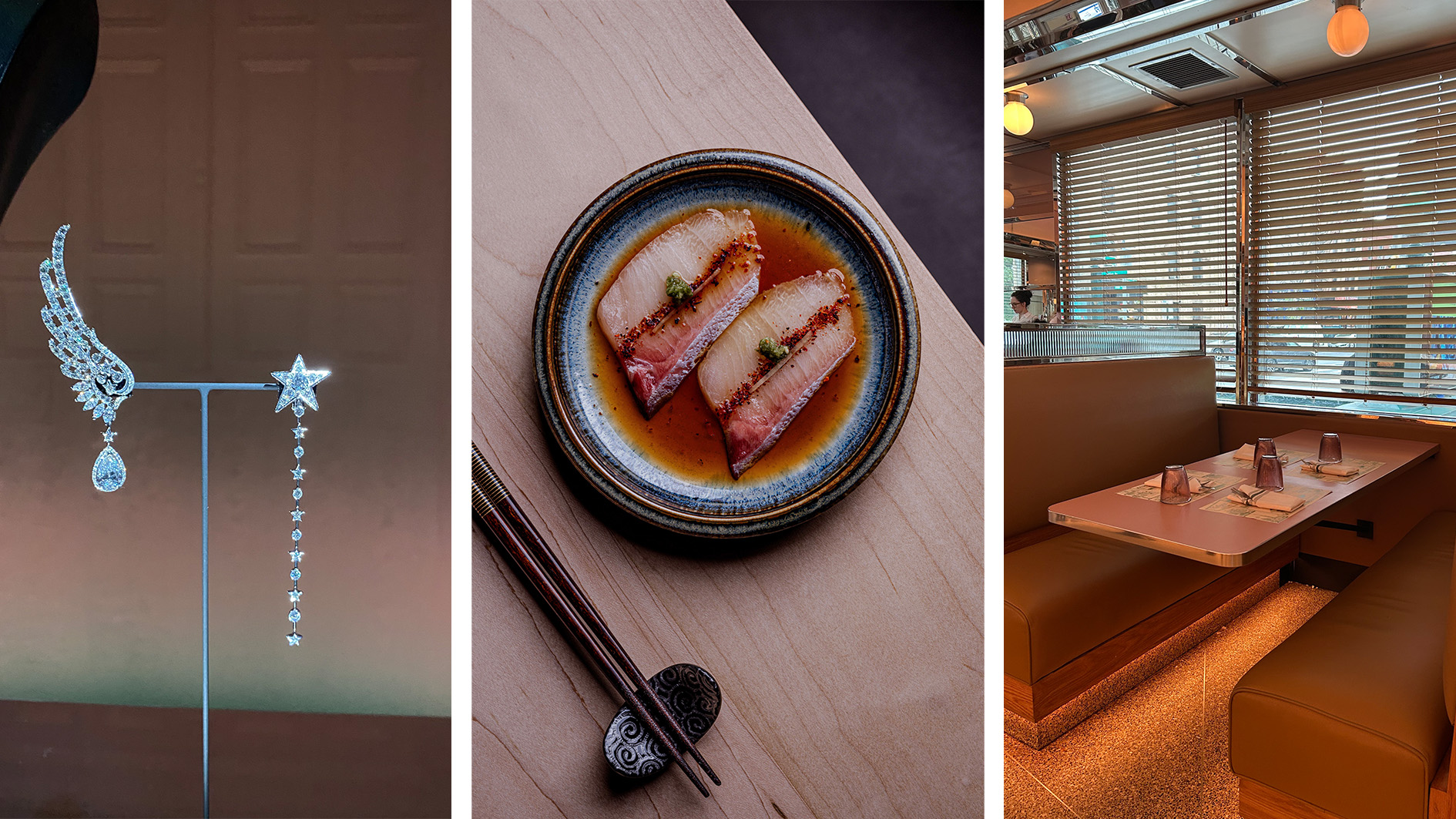 Out of office: the Wallpaper* editors’ picks of the week
Out of office: the Wallpaper* editors’ picks of the weekIt was a jam-packed week for the Wallpaper* staff, entailing furniture, tech and music launches and lots of good food – from afternoon tea to omakase
-
 Inside Kyotographie, Japan’s world-renowned photography festival
Inside Kyotographie, Japan’s world-renowned photography festivalKyotographie 2025 embraces the theme ‘Humanity’ in Kyoto – Amah-Rose Abram reports with the highlights, from major and emerging photographers
-
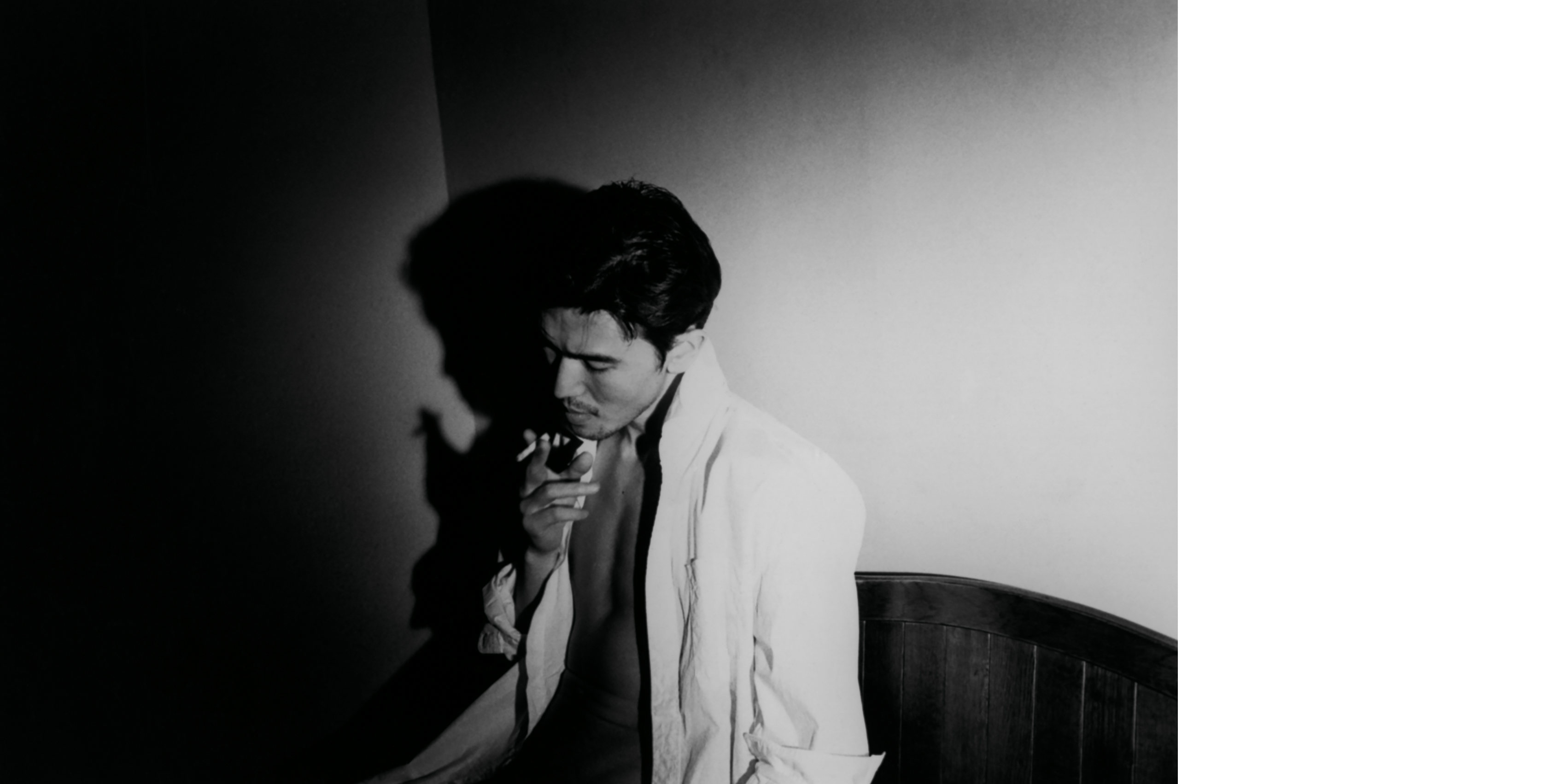 'I’m So Happy You Are Here': discover the work of Japanese women photographers
'I’m So Happy You Are Here': discover the work of Japanese women photographersSubtitled ‘Japanese Women Photographers from the 1950s to Now’, this new monograph from Aperture is a fascinating insight into a critically overlooked body of work
-
 Deathmatch wrestling’s behind-the-scenes moments and bloody glory
Deathmatch wrestling’s behind-the-scenes moments and bloody gloryA new limited-edition book explores the intersection between art and deathmatch wrestling at a sold-out show held in Tokyo
-
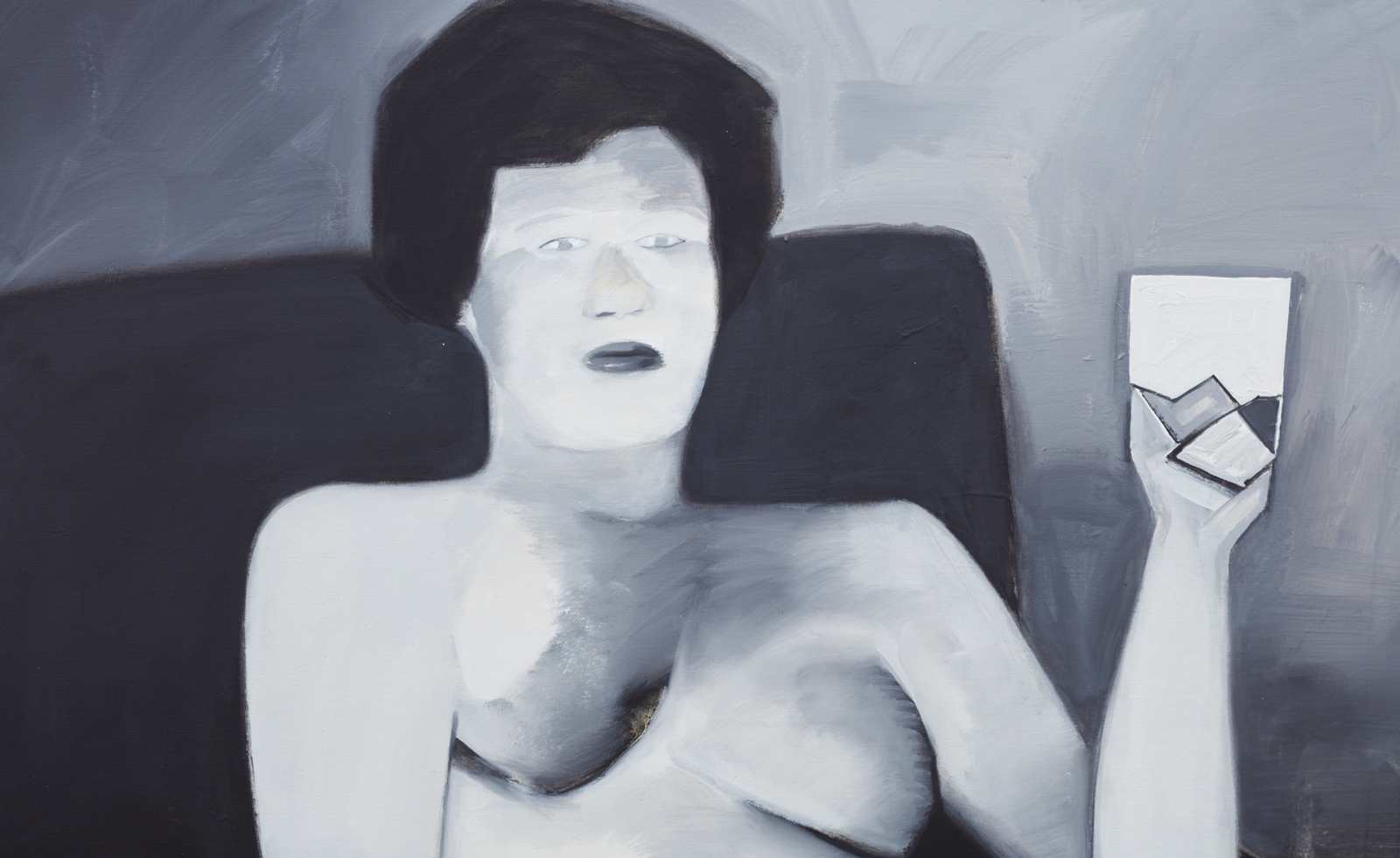 BLUM marks 30 years of Japanese contemporary art in America
BLUM marks 30 years of Japanese contemporary art in AmericaBLUM will take ‘Thirty Years: Written with a Splash of Blood’ to its New York space in September 2024, continuing its celebration of Japanese contemporary art in America